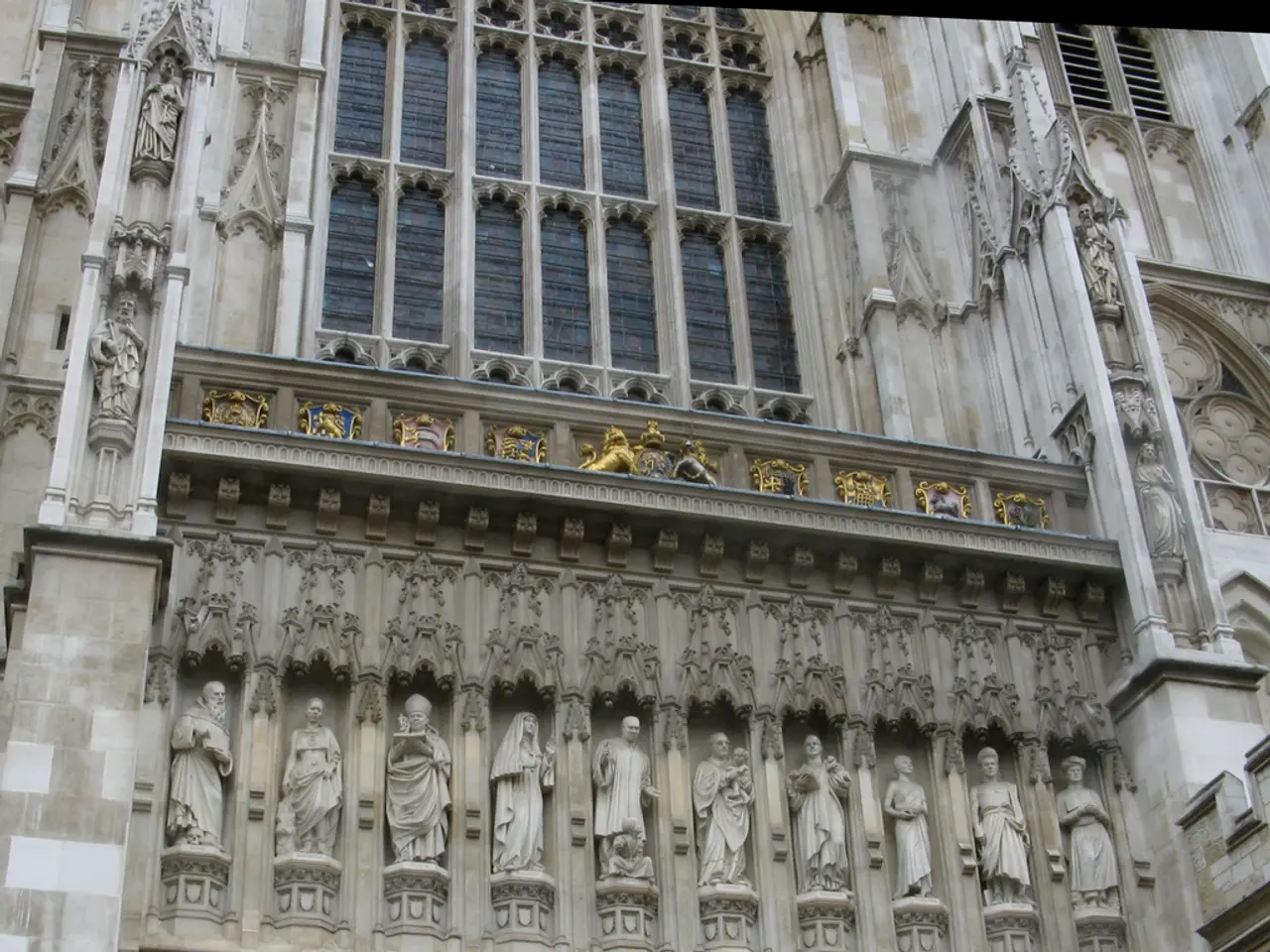Top-tier Construction Materials: Exploring the Options for Strong and Durable Structures
In the world of construction, the choice of building materials can significantly impact the strength, durability, and aesthetics of a project. Here, we delve into the advantages and disadvantages of five common materials: steel, wood, concrete, masonry, and stone.
Steel
Steel, a composite material formed from iron and carbon alloys, is renowned for its strength, versatility, lightweight nature, and cost-effectiveness. Its high strength and durability make it suitable for heavy loads and tall structures like skyscrapers. However, its higher upfront cost compared to wood and other materials is a notable disadvantage. Steel constructions are now generally easier to construct due to the availability of pre-fabricated and customizable choices.
Wood
Wood, a material with a long history in construction, remains popular due to its affordability, lightweight nature, and insulating properties. It is readily available and easy to work with for framing and interior structures. However, it is less durable over time, susceptible to decay, pests, and fire. Maintenance and repairs can increase lifetime costs, and its limited ability to bear heavy loads compared to steel and concrete is a consideration for larger projects.
Concrete
Concrete, a composite material comprising water, cement, and aggregates (sand or stone), is known for its strength, durability, and low maintenance requirements. It is extremely strong in compression, ideal for foundations and structural frameworks. However, its heavy weight increases load on foundations and transport costs, and can crack under tension if not adequately reinforced.
Masonry
Masonry structures, made of numerous smaller components that are mortared together, often using concrete blocks, clay bricks, or other materials, are capable of supporting the weight of multiple stories. They offer excellent fire protection and thermal properties. Masonry structures are labour-intensive to install, and weak in tension and bending, requiring additional supports for beams and lintels.
Stone
Stone, a material with a long lifespan, is highly durable and resistant to weathering. It can be shaped for decorative purposes and load-bearing columns or piers. However, it is difficult and costly to quarry, transport, and shape, and weak in tension, limiting its use for horizontal structural elements like beams without additional support.
In conclusion, the choice of building material depends on balancing factors like cost, structural requirements, durability, maintenance, and aesthetic goals based on project needs. For instance, masonry is a load-bearing material capable of supporting the weight of multiple stories and providing excellent fire protection and thermal properties. Wood, on the other hand, can be a sustainable material if sourced responsibly and has a lower carbon footprint compared to other materials. Engineered wood products have been created to solve ordinary wood's drawbacks, being capable of handling loads big enough to replace steel and concrete in various structural applications.
When it comes to countertops, materials like granite, quartz, marble, and others offer a variety of options. Consulting with experts like Legacy Countertops is recommended before making a decision. Stone construction requires careful planning from engineers and architects, and stone walls are heavy and difficult to move, making working with them challenging.
Steel is suitable for constructing the structural frameworks of towering modern buildings, supporting large, open designs, and allowing for unusual building designs due to its malleability. Slate, a type of stone, is fire-resistant, making it a popular choice for certain applications.
Ultimately, choosing the right materials for a construction project is crucial to ensure the strength and durability of the structure, especially for bigger projects like skyscrapers.
Investing in real-estate projects may involve careful consideration of various building materials to achieve a balance between cost, durability, maintenance, and aesthetic goals. For instance, steel, with its high strength and versatility, is suitable for tall structures like skyscrapers, while engineered wood products offer a sustainable and durable alternative for load-bearing elements.
When it comes to financing a real-estate project, understanding the initial cost differences between materials like steel, wood, and concrete can help allocate funds wisely. While steel and concrete may have higher upfront costs, they offer superior strength and durability that could result in lower maintenance costs and longer lifespans.




